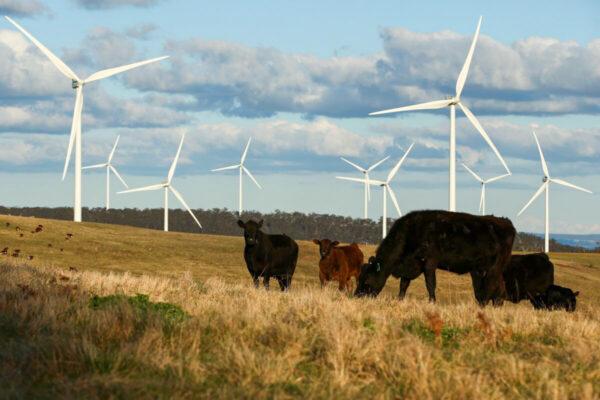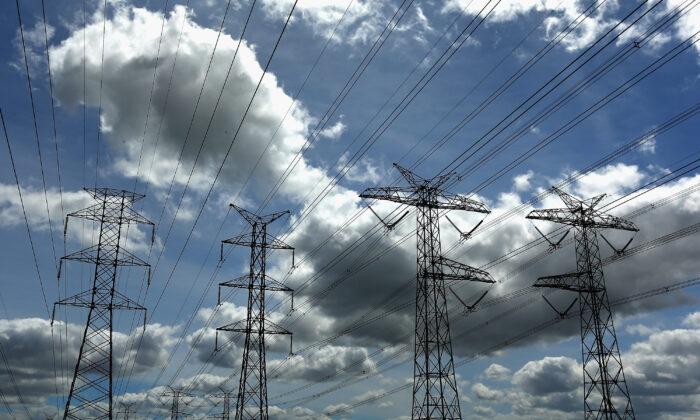Australian households and businesses are faced with another cost of living pressure, with wholesale electricity prices revealed to have more than doubled over the last year.
Queensland was the state that experienced the most significant episodes of high demand and price volatility, while prices in New South Wales (NSW) had the strongest rise.
Violette Mouchaileh, AEMO’s executive general manager, said the quarter highlighted the ongoing electricity gap between the northern and southern National Electricity Market (NEM) states.
“Wholesale prices in Queensland and NSW were again significantly higher than in southern states,” Mouchaileh said. “This was due to the larger price-setting role of black coal generation and system security constraints limiting daytime electricity transfers from Victoria into NSW.”
Renewable sourced energy also continues to increase its share in the NEM, at 33.7 percent of its large-and small-scale supply.
Conversely, black coal generation reached its lowest share of any quarter and brown coal-fired generation dropped five percentage points over the year to 60.4 percent of NEM.
“Wholesale prices across the NEM have risen significantly compared with the prior period driven by higher coal prices, lower solar output associated with the La Nina summer and baseload outages across the NEM,” Origin CEO Frank Calabria said.
The jump in wholesale electricity means households will need to brace for higher electricity bills.

Former Premier of Queensland Campbell Newman said the power price surge was due to the transition to renewables.
Meanwhile, Labor’s National President Wayne Swan said it was the result of the “Coalition’s war against renewables.”
Additionally, the Greens Party Leader Adam Bandt blamed both the Liberal and Labor governments for running a “protection racket” for coal and gas.
Mareels noted that the intermittency of solar and wind meant more solar panels—also known as photovoltaics (PV)—and wind turbines had to be installed to compete with similar levels of fossil fuel generation.
“A gigawatt of PV is not a gigawatt of coal-fired power,” he said, noting that four times as much solar and wind power would be needed to replace the equivalent amount of coal generation.
Mareels said that while he believed the transition to a 100 percent renewable grid was eventually necessary, doing so should require significant planning and consideration.
“Saying ‘we can do this overnight, take all the coal-fired power plants, and she’ll be alright mate’—it’s not going to work.”





